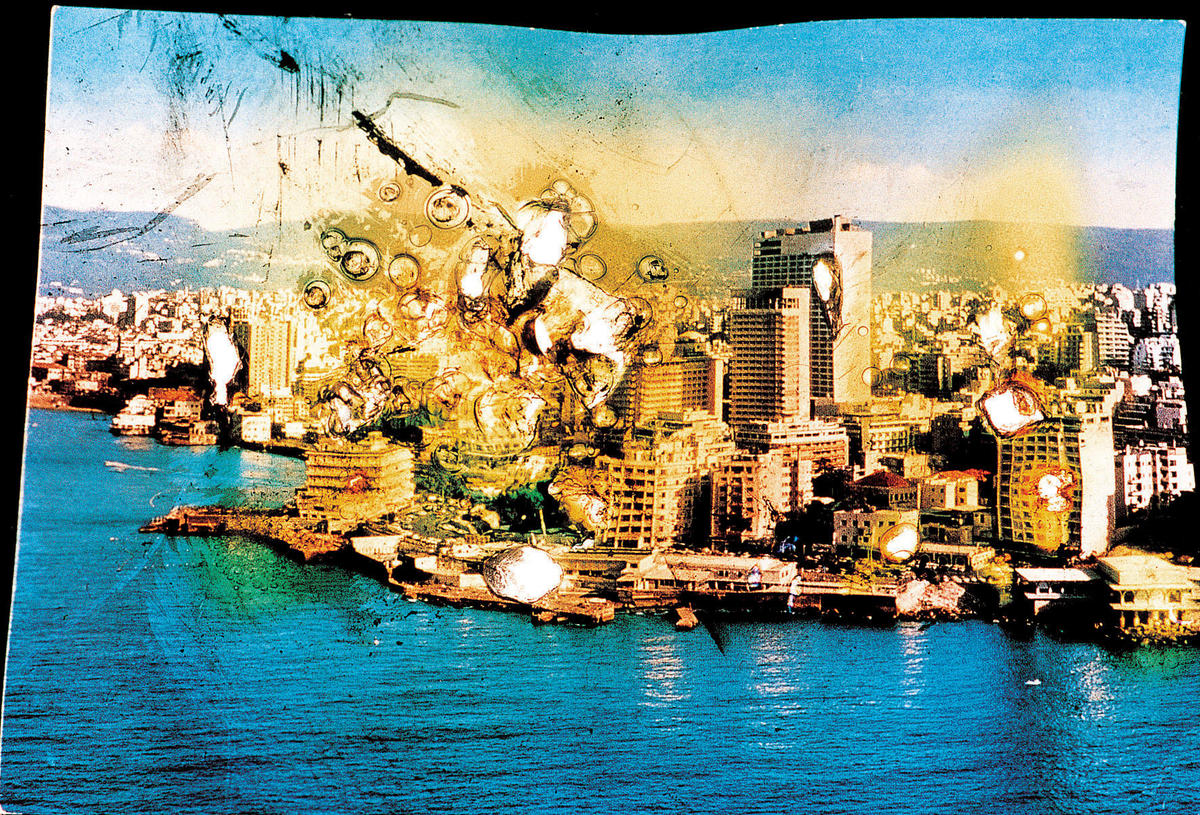
Rome
Mediterraneans
Macro
June 3–September 19, 2004
Ever fond of the next big thing, globalization theorists today may describe the Mediterranean region as one characterized by a dense web of networks, its various nations interconnected through a bewildering array of economic, social, and cultural relationships. Of course, old-school historians would gently remind us that it has almost always been so. They may not use such newfangled language to describe historical encounters through travel, trade, war, colonization, proselytization, and migration. But surely they would agree that the intensity and frequency of those encounters is making something of a comeback these days.
And so MACRO has provided us with a show of forty-five artists and ten international curators from nearly twenty countries in and around the Mediterranean basin. Housed in a post-industrial facility, the museum succeeds at being both grungy and optimistic, somehow an ideal setting for a group show of plucky young artists from parts of the world long ignored by professional promoters of contemporary art. In an age in which culture brokers churn out trendy pan-Mediterranean themed restaurants with predictable versions of tapas, mezze and the like, an exhibition of this size and ambition could easily have ended up as an unholy alloy of provincialism and blandness. Instead, we have a confident show leavened with a sense of urgency and diversity. Indeed the curators were shrewd enough to give us the plural ‘Mediterraneans’ as the title of the show. The Mediterranean as geographical unit has a cultural ecology too varied to allow otherwise.
Within the MACRO line-up, audiences were thankfully spared that tired approach to representation that involves tinkering with national icon(s) to say something politically glib and artistically trite. It seems contemporary artists of the Mediterranean have a number of things on their mind and they are able to vent them in some unexpected ways. Like many of their comrades from other shores, video and photography are de rigueur. But where many big tent shows in more traditional art capitals can often feel cold, with empty celebrations of the culture industry, ‘Mediterraneans’ contains work quite willing to engage with geopolitics, history, sexuality, modernity, and other rather ambitious subjects—possibly because artists of the region are less inclined to use cinematic and other pop-cultural references. Take Sharif Waked’s video Chic Point (2003), for example. Utilizing the idiom of the fashion show, the Nazareth-based artist constructs a nocturnal catwalk of haughty male models dolled up in shirts with cleverly designed holes, rips, and zippers—the perfect accessory for Palestinian males forced to expose their bodies for inspection at Israeli checkpoints.
Joana Hadjithomas and Khalil Joreige provide us with some of the more chilling images of the show, presenting damaged negatives born of a pyromaniac photographer, eventually printed to produce what they term “latent images.” Idyllic Beirut, once the so-called Paris of the Middle East, is suddenly on fire. Ironically titled Wonder Beirut (1997–2004), the glossy photographs of leisurely waterfront hotels and promenades are now marked by scars and burns.
Oddly enough, it is Hussein Chalayan, well known in the fashion world, who has produced the most searing and melancholic image in ‘Mediterraneans’: a cracked, eroded airplane standing guard on an abandoned tarmac at Nicosia airport. Though meant to illustrate the realities of a divided Cyprus, the defunct jetliner stands as an anti-monument to the social rifts and cultural stasis of the region. ‘Mediterraneans’ suggests that a brazen group of young artists are helping to change that perception.
www.macro.roma.museum